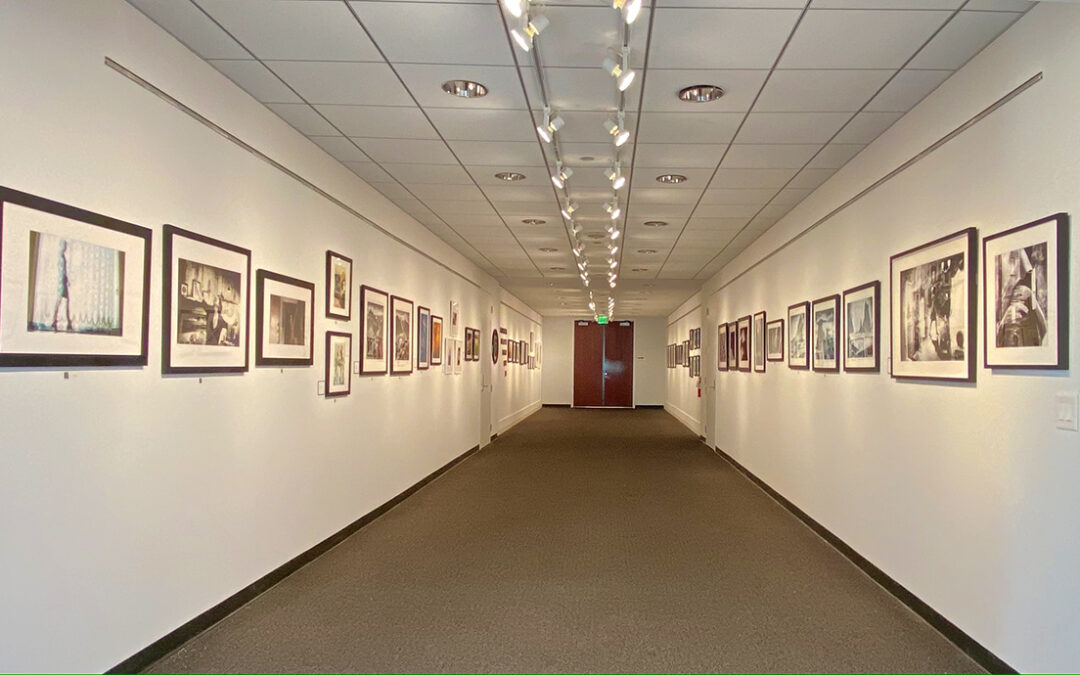We can all agree that a very challenging year has created a rogue wave of serious problems for the art world. Museums and galleries worldwide have closed down, perhaps permanently for some, and planned exhibits have been extended by a year or more or simply cancelled.
Art is not only resilient to any socio-economic upheaval or a pandemic nightmare; it thrives in terrible times as the proverbial canary in the coal mine of cultures and societies.
Yet, galleries and museums have responded to these conditions by still creating physical exhibits throughout most of the year, albeit with visitor restrictions or virtual openings and artist talks. However, many artists we communicate with throughout the year were reluctant to participate or invest in producing new exhibit ready works for these museum and gallery venues. The reasoning given by many for such reluctance can be understood as perhaps a reaction based on fear, uncertainty and anxiety in a very difficult period.
The argument that few people will see a physical exhibit or that sales of artwork will simply not happen maybe partially true but fundamentally flawed.
The physical public exhibit is the crucial final step in completing a body of work. Without that final act the work is not fully completed or even validated to some extent.
Art is meant to be seen, it is created to communicate, expose, educate, offer solutions and more often than not, art can and does change the world. It does not live on a computer screen or worse still, on a cellphone. Social media is not your audience. Instagram is not a benchmark for your art, that solely resides with the audience who connects physically and emotionally with your artwork.
Fewer visitors to galleries and museum is not a downfall; instead this is a much more engaged group of individuals who have made a commitment to participate in art and believe that art is important to them, especially now. Online sales of art have been touted by many commercial avenues as the opportunity of the century, and that may be true for a few artists, but overall these claims are dubious and often simply hogwash, poppycock as the English would say.
Artwork must be seen in person in order to achieve any validation, feedback or closure. The resilience of art is dependent on the artist’s commitment to exhibit their work, physically; for their sake and that of the museums and galleries who have supported them, and still do.
Pierre and Cathy Dutertre


Recent Comments